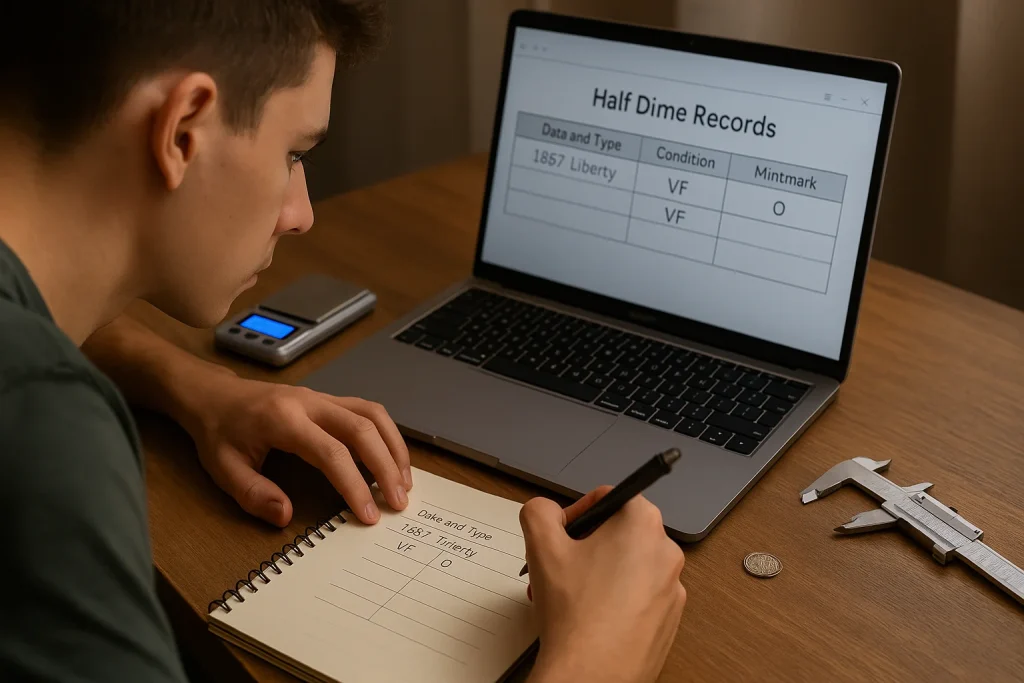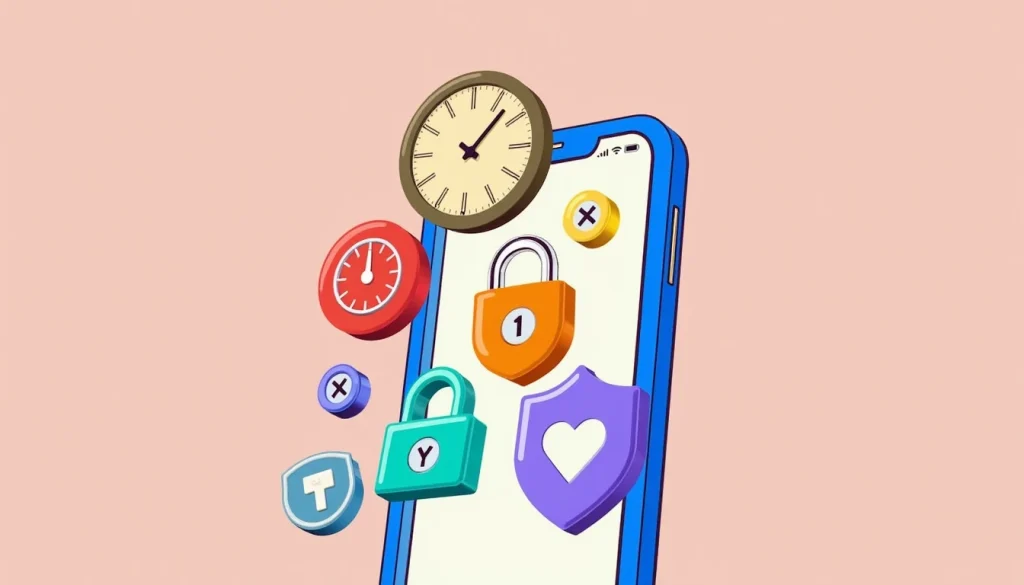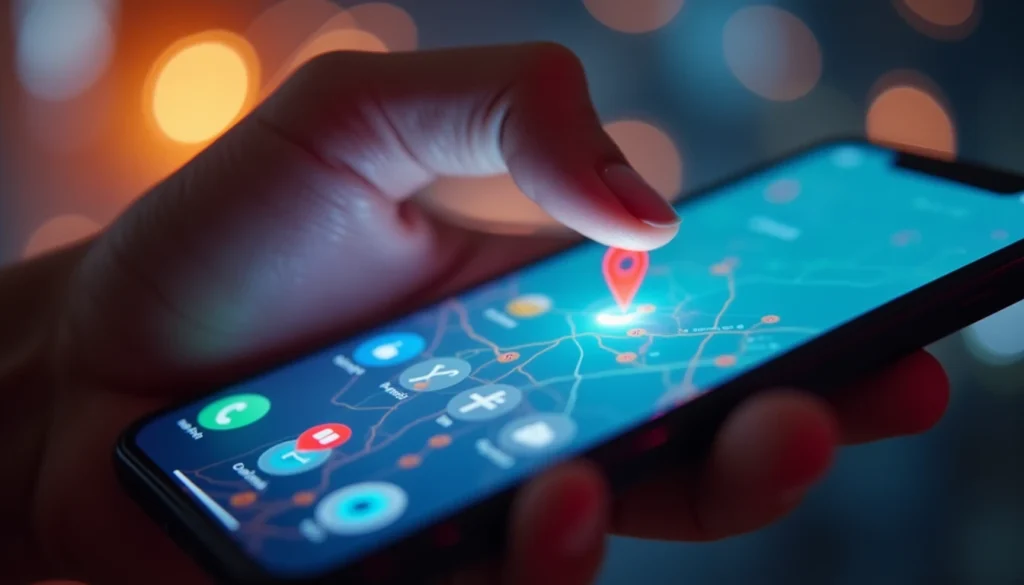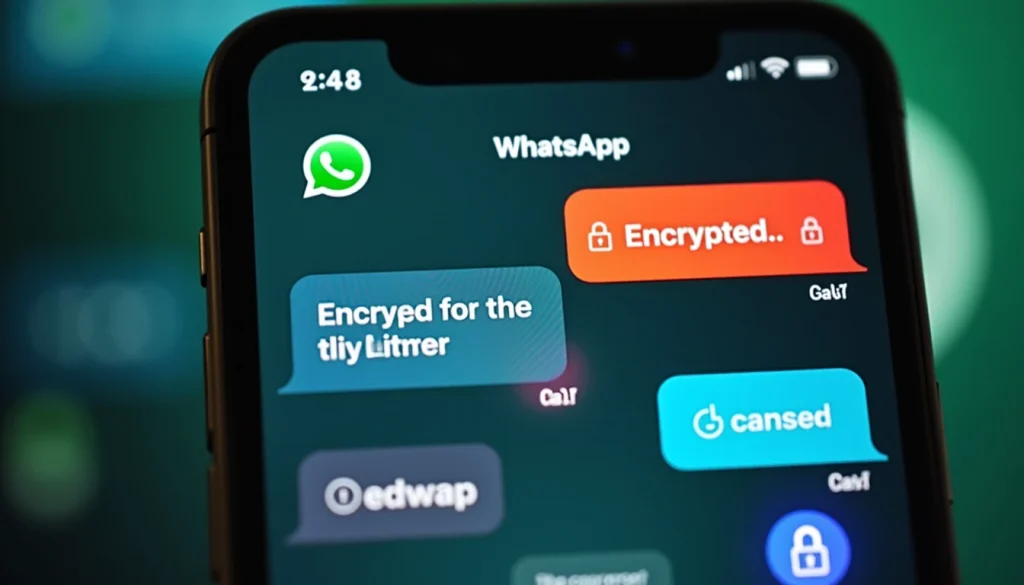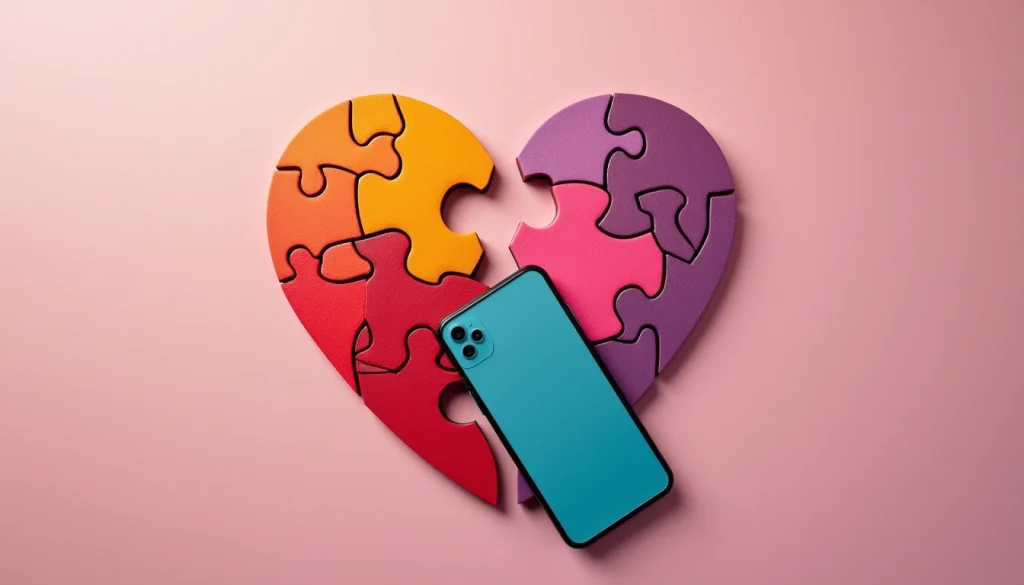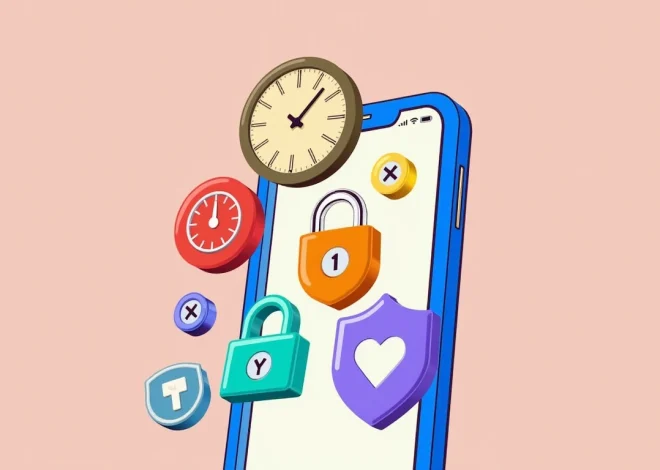
No Reply, No Problem: Detecting a Block Without Breaking the Silence
So, you’re wondering how to tell if someone blocked your number without texting them. Maybe it’s a friend who’s gone unusually silent, or a number that used to ring now suddenly sends you straight to voicemail. No matter the case, silence speaks louder than words — especially when it comes to phone calls. Let us go through the very first signs of a possible block, no texting required. Stay with us to explore all.
Watch the Call Behavior
One of the most telling indicators that you might be blocked lies in the way your calls behave.
Normally, when you dial someone, the phone rings several times before reaching voicemail (if at all). But when you’ve been blocked, your call may follow a very different pattern:
- One ring then voicemail: If your call goes through only a single ring (or none at all) before being sent straight to voicemail, it’s a strong sign you’ve been blocked.
- Every time, no exception: If this happens consistently — over different days, at different times — it strengthens the case. Everyone’s phone can be off or on Do Not Disturb now and then, but consistent redirecting is a red flag.
- No “busy” signal or line cut-off: Unlike disconnected lines or phones turned off, blocked calls often behave more “normally,” which can make them harder to detect. That’s why the pattern matters.
Pro tip: Try calling from a different number. If it rings normally from another line, but always redirects from yours — you might not need further proof. But don’t overdo it. Calling repeatedly from other numbers might help you figure things out, but it can also come off as invasive. Use this method sparingly and respectfully.

Voicemail Clues: The Hidden Tells
Believe it or not, voicemail can be another breadcrumb trail. When you are blocked, your call is often forwarded directly to the person’s voicemail inbox. You can still leave a message, but here is the kicker: they won’t see it. On most phones, blocked numbers’ voicemails are hidden or tucked away in a “Blocked Messages” or “Unknown” folder — rarely checked, if ever.
Some things to notice:
- No call-back: If you’ve left multiple voicemails over time with no response — especially if the person usually gets back to you — it may not just be ghosting.
- Voicemail message hasn’t changed: If you hear a generic message or one that sounds outdated, it could be a sign the user doesn’t know you’re trying to reach them… or doesn’t want to.
Bonus tip: Leave a short, neutral message if you do call, just in case. But don’t rely on voicemail alone as proof—combine it with other signs
Silence can feel frustrating, especially when you are unsure why it is happening. But learning to read the signs behind call behavior and voicemail quirks can give you the clarity you need — without sending a single message. And that is just the beginning.
Silent Evidence — The Digital Footprint in Apps and Services
By now, you’ve paid attention to call behavior and voicemail quirks, but you’re still unsure. Maybe the person’s just busy, or their phone’s acting up… or maybe you’re blocked. The truth is, we live in a world where our digital presence speaks volumes, and you don’t need to send a single text to start connecting the dots. Let’s look at how modern apps and platforms can quietly hint at whether someone’s hit that block button.
Analyze Activity in Messaging Apps
You may not be texting them, but that doesn’t mean you can’t observe what’s going on in your favorite messaging apps. Platforms, e.g., WhatsApp, Telegram, iMessage, and even Instagram offer clues that, when pieced together, can help you figure things out.
WhatsApp and Telegram:
- Last seen and online status disappear – If you can no longer see their “last seen” or “online” status, it could be a privacy setting… or it could mean you’ve been blocked.
- Profile picture is gone or hasn’t changed – A blank or outdated profile image that never updates is another common sign.
- One checkmark only (not two) – On WhatsApp, if your message only shows one gray check mark (sent, not delivered), it likely means it never reached their phone — a classic sign of a block.
iMessage (iPhone users):
- No “Delivered” or “Read” notifications – iMessages typically show “Delivered” when they reach the other device. If you stop seeing that, it could mean your number’s been blocked.
- Green bubbles instead of blue – If your messages switch from blue to green unexpectedly, you might be downgraded to SMS… or blocked.
Just remember, none of these signs alone confirm a block — but multiple signs together build a much stronger case.
Check Their Presence Elsewhere (Without Reaching Out)
You don’t have to message them to sense a digital distance. Check their activity on other platforms or shared apps:
- Do they still appear in your friend list or followers on social media?
- Can you see their stories, comments, or likes?
- Is their profile suddenly gone, private, or inactive?
Another option, when done ethically, is to check if the number is still active or reachable on a broader scale. Tools like Number Tracker can help families and persons check if a phone number is valid and active — without messaging or calling. Originally designed for family safety, it can be surprisingly helpful when you’re trying to understand if someone has simply disappeared digitally or intentionally cut the line. All you need to do is just to see if the location of the person is still available for you and you can see their movement.
Pro tip: Don’t jump to conclusions based on one app. People manage their privacy differently across platforms. Look for patterns (with this you can refer to the built-in AI assistant), not isolated clues. In today’s connected world, silence doesn’t mean you’re out of options. Digital footprints are everywhere — you just need to follow them carefully.

Final Moves and a Reality Check — It’s Not Always What You Think
So, you’ve followed the clues — odd call behavior, strange silences in messengers, and a digital absence that feels suspicious. But before jumping to conclusions or spiraling into overanalysis, take a breath. Not all silence means rejection. In this final section, we’ll look at some advanced (yet respectful) methods for gathering more insight, while also offering a healthy dose of common sense. Sometimes, the truth is more technical than personal.
Try Call Forwarding Tricks or Hidden Numbers (Ethically)
If you’re really trying to understand what’s going on, there are a few more advanced tricks that don’t require confrontation — just caution and ethical boundaries.
Use a different phone number: If you call from another number and it rings normally, while your number always goes to voicemail after one ring, that’s a strong signal you may be blocked.
Try calling with a hidden number:
- On most phones, dialing *67 before the number hides your caller ID.
- If the call suddenly rings longer or goes through, it could suggest your normal number is being filtered out.
But use this technique with care. It’s not about tricking the other person — it’s about seeking clarity without confrontation. If the result confirms your suspicion, take that as a cue to accept the situation rather than escalate it.
Wait It Out — It Might Just Be a Glitch
Believe it or not, not every communication hiccup means you’re blocked. Phones lose signal. Apps crash. People change devices or switch SIM cards. Privacy settings get updated accidentally. But before assuming the worst, give it a day or two. Then reassess.
Here are a few technical reasons your calls or messages might not be going through:
- Their phone is turned off or out of service
- They’ve enabled Do Not Disturb or Focus Mode
- They’ve changed their number or carrier
- The app you’re using has been uninstalled or reset
Tip: Try reaching out through a mutual friend or shared group setting — not to snoop, but just to verify if they are okay. Sometimes silence has nothing to do with you.
Knowledge Is Power, Not Fuel for Drama
Learning how to tell if someone blocked your number without texting them is a useful modern skill — not because it should spark paranoia, but because it helps set expectations and boundaries.
Yes, you might be blocked. But that doesn’t mean you should chase answers or push for closure. Respect the silence. Use the tools available — like call patterns, messaging apps, or even family safety tools like Number Tracker — to observe, not invade.
Most importantly, remember this: silence can mean many things. People need space. Life gets busy. Or yes, sometimes they’re just not that into staying in touch. And that’s okay. Sometimes, the most powerful thing you can do isn’t figuring out why you’ve been blocked — it is deciding what to do next.

